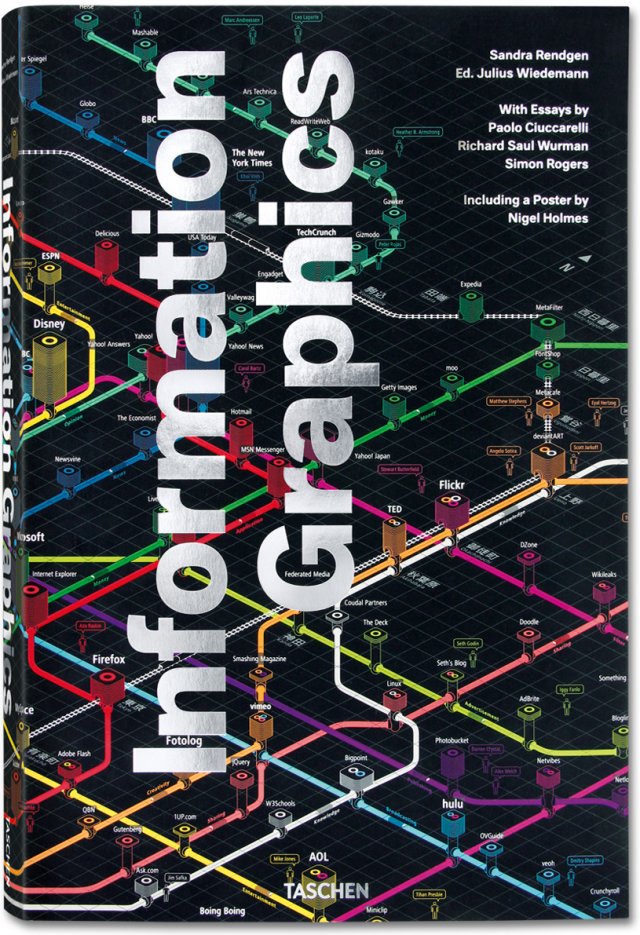Book – Informotion
The Gestalt Theory (Detailed article in the German Wikipedia) was developed in the early 20s of the last century or Tufte (earlier on urbanTick) wrote his much influential books in the 80s and 90s to name two.
Image taken from the189.com / Informotion project by Bryan Ku docuemnting the final game in the 122nd edition of the Wimbeldon Championship Men’s Final between tennis giants Rafael Nadal and Roger Federer. See the animated version HERE.
The reason for some more recent development in information design and especially and especially handling is connected to technological and practical changes, but also the increased availability of raw data and details to be turned into information graphics.
Often however the subject to the data is temporal or process based with need for background or lead in, change of place or frequent change of perspective. For these cases animated inforgraphics can be a great way to communicate knowledge. Besides who doesn’t like to look at motion pictures? It really fits in with the whole TV consuming sort of urban lifestyle.
Its pretty save to say, that for the first time the book Informotion: Animated Infographics by Gestalten bring together a selection of the best motion picture graphics communicating knowledge. All of the examples are very recent projects and most can be found on either vimeo or youtube of course. However the interesting bit on the book is the context the examples are being put in. The editors Tim Finke and Sebastian Manger put great emphasis on contextual details in a wider sense. Where publications like the recent Taschen Infographics are a mere selection of great examples the Informotion book includes the theoretical and practical aspects too.
This of course makes the book heavier to read, it’s also but not only to look at, but you get a lot more out of it for your practice. Besides inspiration the book provides a refresh and update on the graphic, visual and design theories as well as the technical details of animation production such as software, storyboards or size, resolution or format.
Image taken from binalogue.com / Images showing the page spread design. The example shown here is an animated infographic by binalogue showing the CANAL Isabel II water cycle. See video below for the original animation.
There is also one of the aNCL (animated New City Landscape) informmotion graphics included as anexample in the book (p.188-189). It is the animation produced in collaboration between urbanTick and Anders Johansson on the Twitter landscape in the area arond the city of Zuerich in Switzerland. The original post on the animation can be found here, the animation is below.
Of course there is something awkward about a printed book about animated examples. However the content lives up to the expectations and whilst the animations can not be shown in the book the story can still be told. Even more so that the examples are discussed in detail and help to illustrate the theoretical elements of the book. In this sense there is literally more to the book than just the pictures and lines of text there is actual information in there plus Gestalten have a website where readers can get additional info and links to the animations. The list of examples can be found HERE.
Image taken from Gestalten / Book cover.
Finke, T. & Manger, S. eds., 2012. Informotion: Animated Infographics, Berlin: Gestalten.









